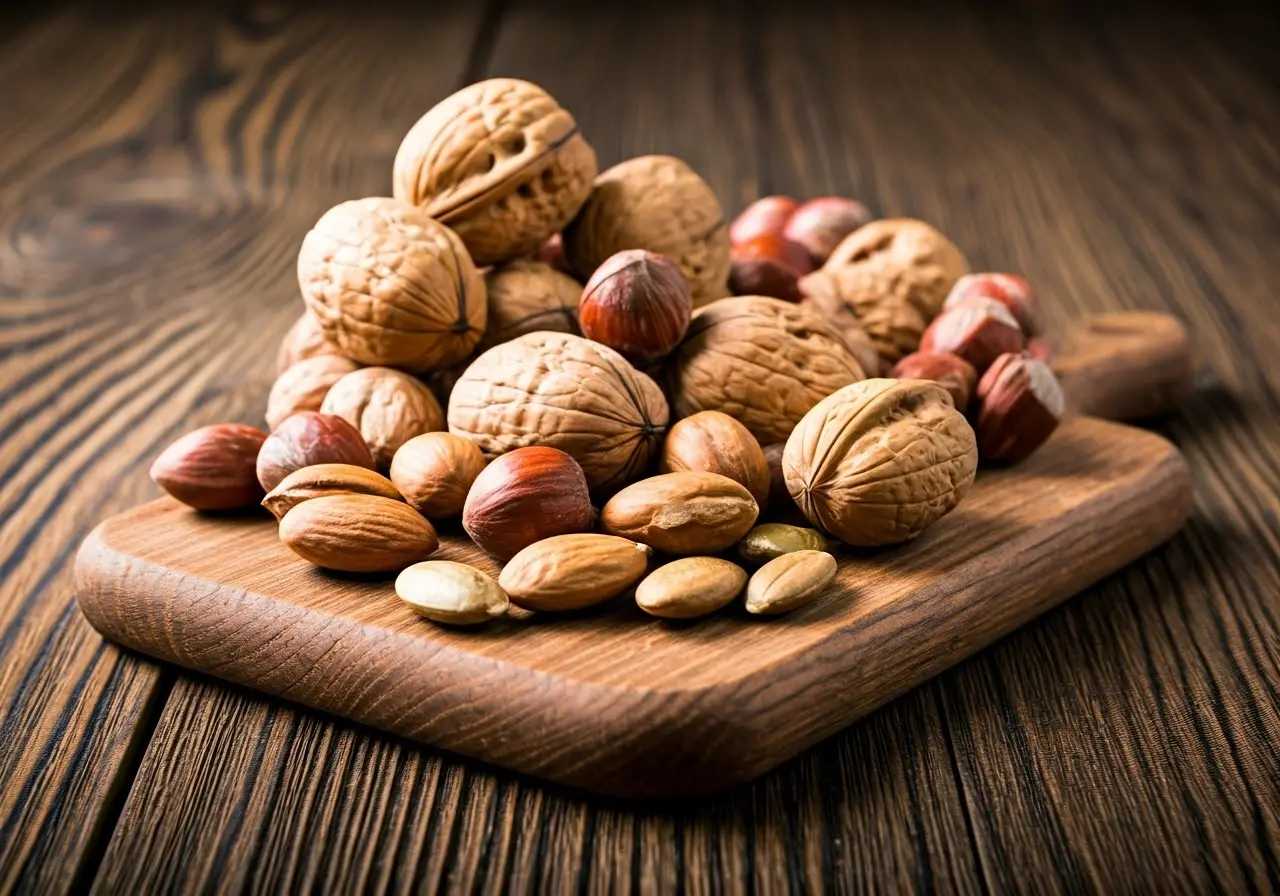Vitamin E is a vital nutrient that plays a crucial role in maintaining our overall health, from boosting immunity to protecting our cells. Understanding natural sources of this essential vitamin can help us incorporate it efficiently into our diets. Let’s explore some of the best natural sources of Vitamin E and how they contribute to a healthier lifestyle.
The Importance of Vitamin E
Vitamin E is known for its antioxidant properties, which help protect cells from damage. It also supports immune function and prevents inflammation, making it an essential nutrient for maintaining overall health. In fact, the vitamin acts as a shield for your cells, helping fend off invaders like free radicals which can wreak havoc on your body’s systems. Several studies suggest that Vitamin E can be beneficial for heart health, potentially reducing the risk of heart attacks through its anti-inflammatory effects Vitamin E’s antioxidant activity.
Beyond heart health, Vitamin E is implicated in promoting skin and eye health, with its antioxidant arsenal believed to help maintain skin elasticity and inhibit age-related degeneration in eyesight. However, it is essential to maintain adequate levels in your body because a deficiency, although rare, can lead to challenges such as muscle weakness and coordination issuesHealth benefits. Therefore, integrating sufficient Vitamin E in daily dietary intake is crucial not only for those reasons, but also for safeguarding cognitive function as some evidence suggests Vitamin E helps in delaying cognitive decline linked with aging.
Nuts and Seeds: A Crunchy Source of Vitamin E
Nuts like almonds and hazelnuts, alongside sunflower and pumpkin seeds, stand out as remarkable sources of Vitamin E. Almonds, for example, offer approximately 7.3 milligrams of Vitamin E per ounce and come packed with additional nutrients that can aid in managing heart health Almonds for cardiovascular risk.
Snacking on these nutrient-dense foods or adding them into your meals can significantly contribute to meeting your daily Vitamin E requirements while also adding variety and nutrition to your diet. They are excellent choices whether you’re adding a handful to a salad, grinding them into nut butter, or simply snacking on them directly.
Sunflower seeds, in particular, pack a powerful nutritional punch. Just an ounce of these seeds delivers nearly half your daily Vitamin E requirement! When taken alongside other fatty foods like avocado, Sunflower seeds could multiply the benefits you receive from dietary Vitamin E, potentially enhancing absorption and effectiveness.
Leafy Greens: A Green Boost for Your Diet
Leafy greens such as spinach, kale, and Swiss chard are more than just vibrant additions to your plate; they serve as a source of Vitamin E and other essential micronutrients essential for health. Alongside this, they bring in an abundance of fiber, vital for maintaining digestive health and preventing chronic diseases.
By incorporating them into your meals, either as part of a main dish or a side, you can obtain considerable portions of your daily Vitamin E intake while also embracing a broad spectrum of nutrients like folate, which supports cardiovascular health. These greens can serve as a significant dietary boost, whether sautéed, tossed in salads, or blended in smoothies.
Moreover, using cooking methods like steaming instead of frying not only preserves their nutritional profile but helps retain the Vitamin E content, aligning with healthier cooking practicesSteaming preserves nutrients.
Vegetable Oils: Cooking with Vitamin E
Oils such as sunflower, safflower, and particularly wheat germ oil are rich in Vitamin E, offering a convenient avenue to enrich every meal with this crucial vitamin. For instance, wheat germ oil stands as one of the richest sources, boasting an impressive 20 milligrams of Vitamin E per tablespoonTop Foods High in Vitamin E.
Including these oils as your go-to for cooking or salad dressings illustrates a strategic method to complement your dietary vitamin requirements since some cooking techniques can deplete nutrient content. Opting for low to moderate heat applications could help retain the vitamin’s efficacy during preparation.
Amongst oils like hazelnut and almond, safflower oil integrates well and offers a lighter flavor profile, becoming an excellent choice for a variety of culinary creations.
Avocados: The Creamy Superfood
Avocados are a celebrated superfood that brim with numerous nutrients including potassium, omega-3 fatty acids, and of course, Vitamin E. Not only do they provide about 20% of your needs for the day, but they also offer a creamy texture that can enhance dishes ranging from salads to sandwiches.
This fruit serves as an excellent alternative source for individuals with nut allergies or sensitivities. When combined with ingredients like tomatoes or lemon, they shine in delivering vital nutrients without compromising on taste or texture.
For those pursuing heart-conscious dietary habits, the inclusion of avocados is particularly befitting. The monounsaturated fats in avocados complement Vitamin E in reducing inflammation, thereby maintaining cardiovascular health Avocado’s nutrient riches.
Embrace Vitamin E for a Healthier You
Adding more Vitamin E to your diet through natural sources is a simple and delicious way to reap its health benefits. Whether through nuts, seeds, vegetables, or oils, Mother Nature provides ample opportunities to nourish your body. By making mindful choices, you can easily meet your Vitamin E needs and enhance your well-being.













Leave a comment